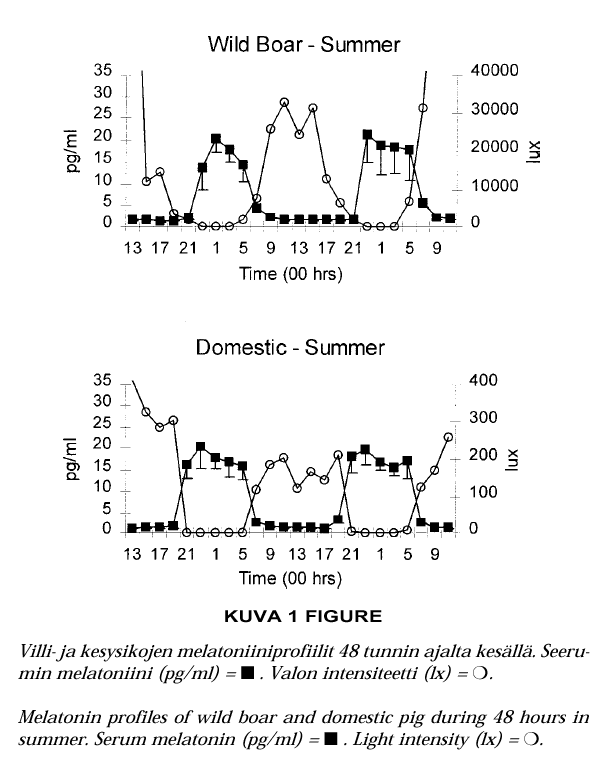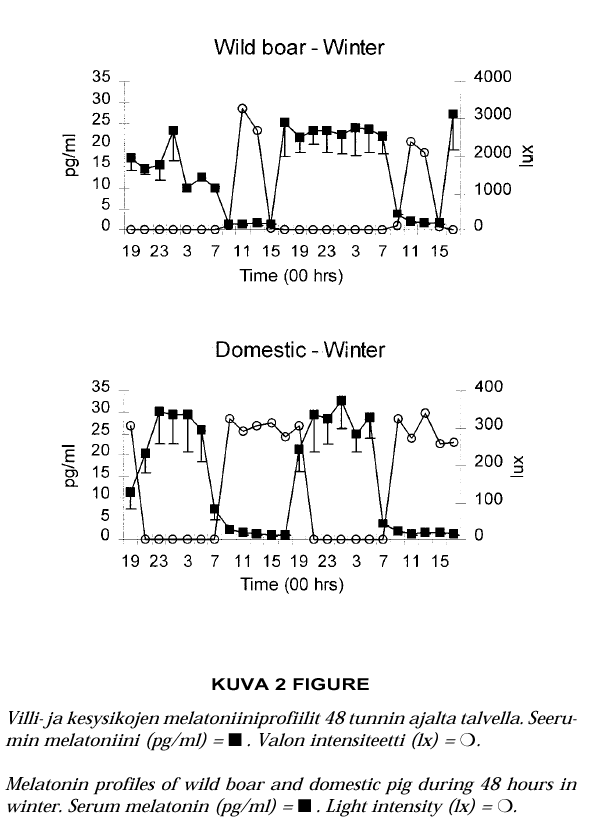
It is important to recognize the risk factors for surgical wound infections. They are related either to the patient or the surgical procedure or bacterial contamination of tissue. Surgical wounds are classified into four categories (I�IV) based on the degree of wound contamination. Surgical wound infection rate increases with increasing bacterial contamination. Hand hygiene may be the most important factor in successful nosocomial infection control. Strict aseptic technique has to be followed when placing intravenous catheters and taking blood samples. Preparation of the patient, duration of anesthesia, maintenance of the operating room, operative techniques and prophylactic use of antibiotics are the most important factors in prevention of surgical wound infections. Antibiotics selected for antimicrobial prophylaxis must be effective against the micro-organism most likely to cause postoperative wound infection in the surgical procedure in question. Antibiotics should be present in the tissue at the surgical site during the time of bacterial contamination. An adequate dose of antibiotics should be given intravenously during induction of anesthesia. There is no need to continue the administration of postoperative antibiotics unless there is an infection at the operation site. Antimicrobial prophylaxis is not needed in clean or clean-contaminated procedures lasting less than 60 minutes if all the other risk factors for wound infection are minimized.
The aim of the present study was to investigate the circadian melatonin rhythm in the European wild boar (Sus scrofa) as opposed to that of the domestic pig. In addition, this study was designed to explore seasonal changes in melatonin concentration in the pig. The study was conducted as four sampling periods: spring, summer, autumn and winter. Altogether, there were 20 wild pigs and 20 domestic pigs to be sampled for 48 hours at a time with a sample-to-sample frequency of 2 hours. Light intensity was recorded at every sampling. The European wild boars were housed under natural daylight, whereas the domestic pigs were kept under light circumstances typical to Finnish piggeries. In the domestic pigs, indwelling jugular catheters inserted via an ear vein were used for blood sampling, whereas intra-arterial catheters via the A. saphena medialis were used in the wild pigs. Melatonin concentration was then measured by use of a commercially available RIA (Buhlman � ). In both of the breeds, a clear circadian melatonin pattern was found with consistent high values seen at night, whereas that seen at daylight stayed on baseline. No difference in melatonin concentration was established between the breeds, nor seasonal variation regarding the average night time concentrations or night time peak values. Seasonal variation was evident and in accordance with the day length for both breeds. The results imply that melatonin patterns do not differ for the breeds studied. The present article represents data already published by the authors in two publications: Veterinary Research Communications, 24 (2000) 25�30 and Journal of Pineal Research (2000; in press).


The insects are able to recognise non-self and to expell it or render it nondangerous to the host. The key defence mechanisms are mediated by haemocytic and cell-free immune response attributed to antibacteial peptides and small proteins that may act on a range of bacteria. Microbes, drugs, pesticides, heavy metals and other xenobiotics could cause one or more immune system defects in bees characterized by an increased susceptibility to infections with cinsequent diseases. Among disorders of immune system in the bee, the most important are immunosuppressive effects of microbial pathogens and external stenophagous mite Varroa jacobsoni. Immunotoxic effects appear after the honey bee is exposed to environmental pollution with chemical pesticides and heavy metals. The nature of immunosuppression and mode of action of suppressive agents on the honey bee immune system remains in details still unresolved.
Penicillin residues in milk were studied in a field trial. Dairy cows were treated with injectable benzylpenicillin procaine using one of the following three products: Ethacillin vet, Maxipen vet. or Penovet vet. The material contained 467 treated cows, most of which (442) suffered from mastitis. The daily doses varied from 4.5 to 18 million IU and the duration of treatment from 1 to 8 days. Doses were often larger and treatment times longer than those recommended. The farmers assayed the penicillin content of milk with the T101 microbiological test starting from the third day after the end of treatment, and continued until a negative result was found. Treatments lasting 3 to 6 days caused residues that disappeared in the mean time of 5.2 days after the end of treatment. The factors that influenced the excretion time of penicillin were the total dose given to the cow, the product used and the time from previous calving. Most farmers sent the milk to the dairy after the first negative sample whether, the withdrawal period continued or not. About half of the farmers were satisfied that the treatment was effective for mastitis.